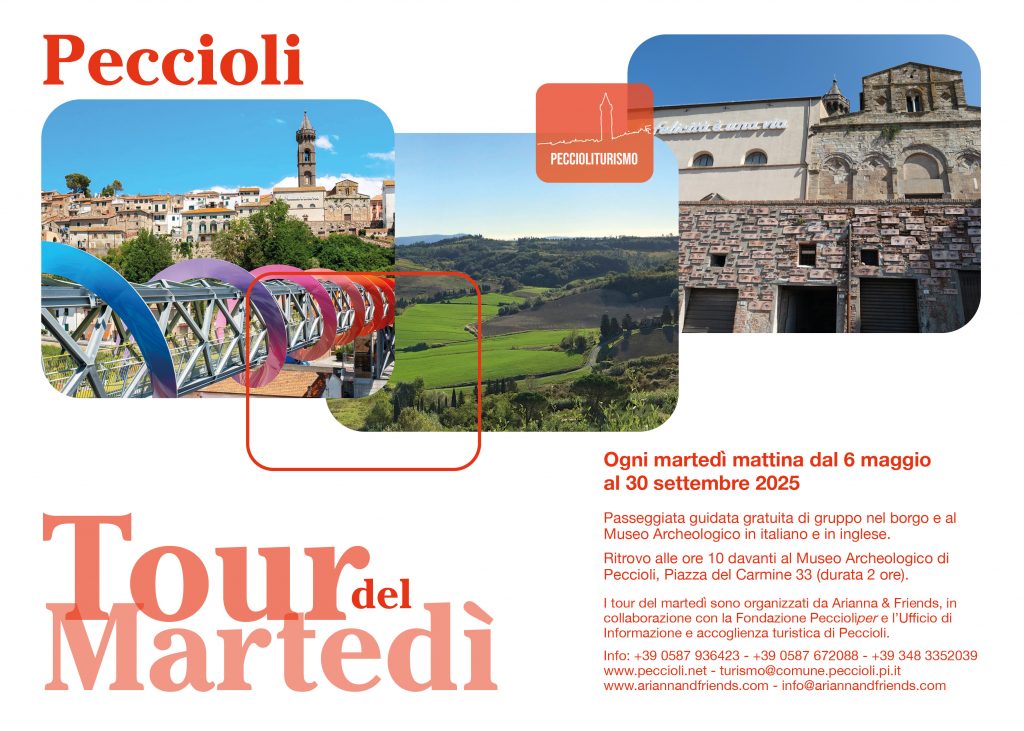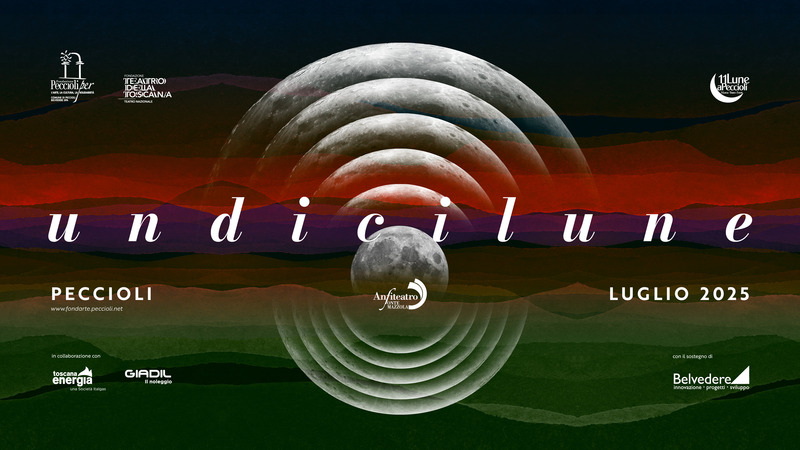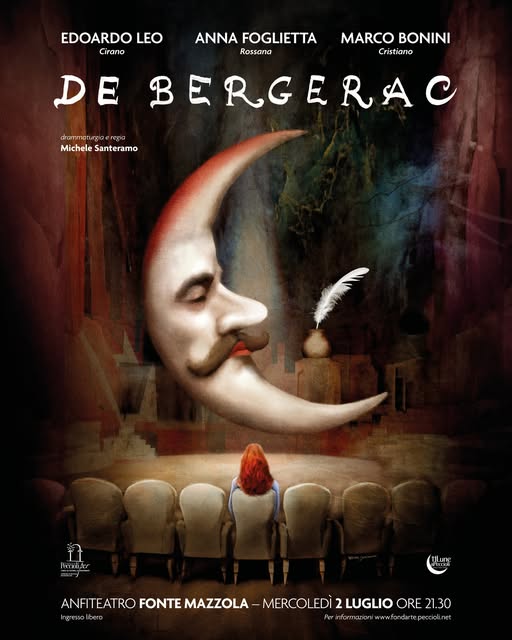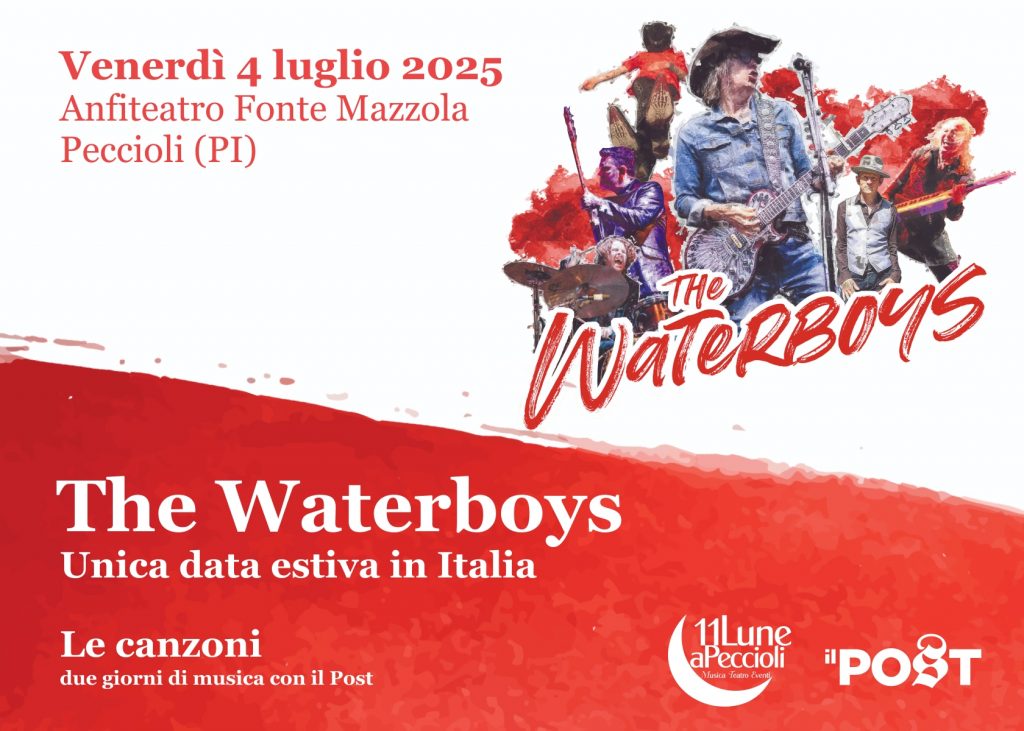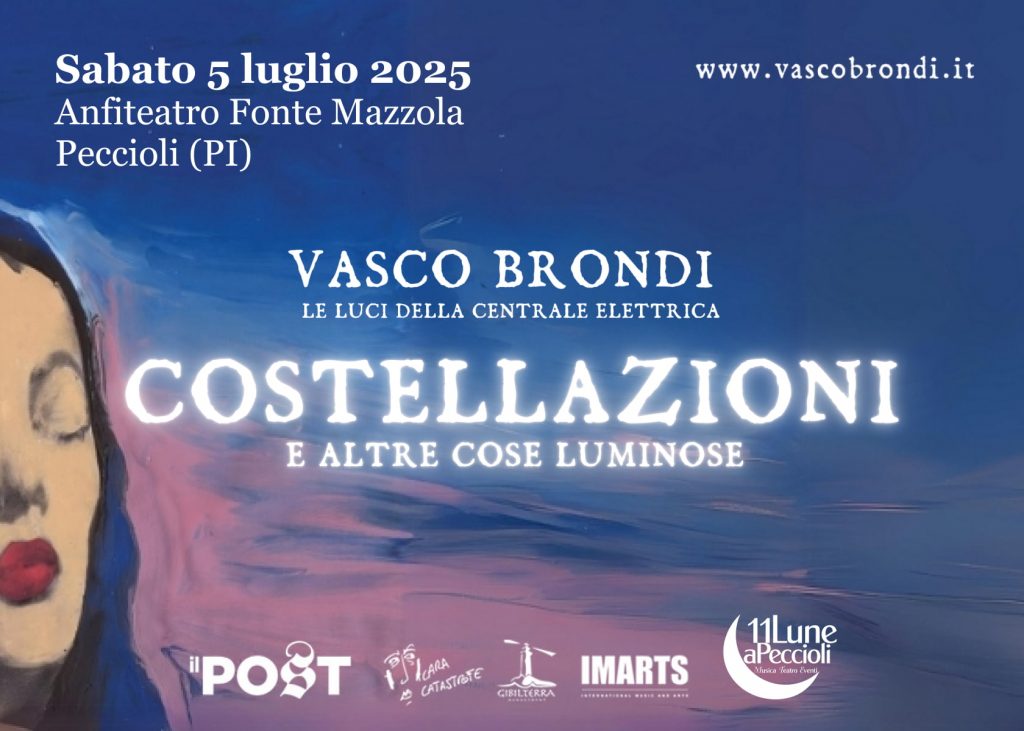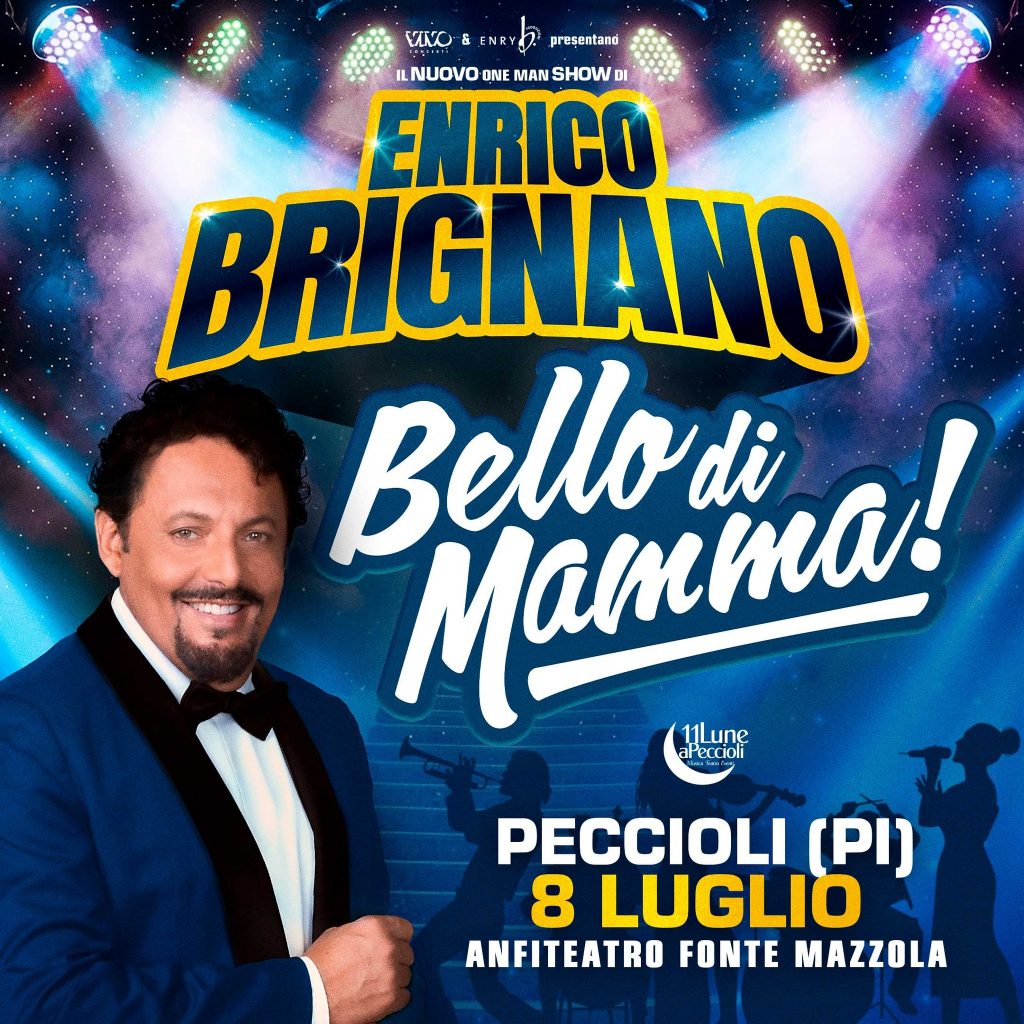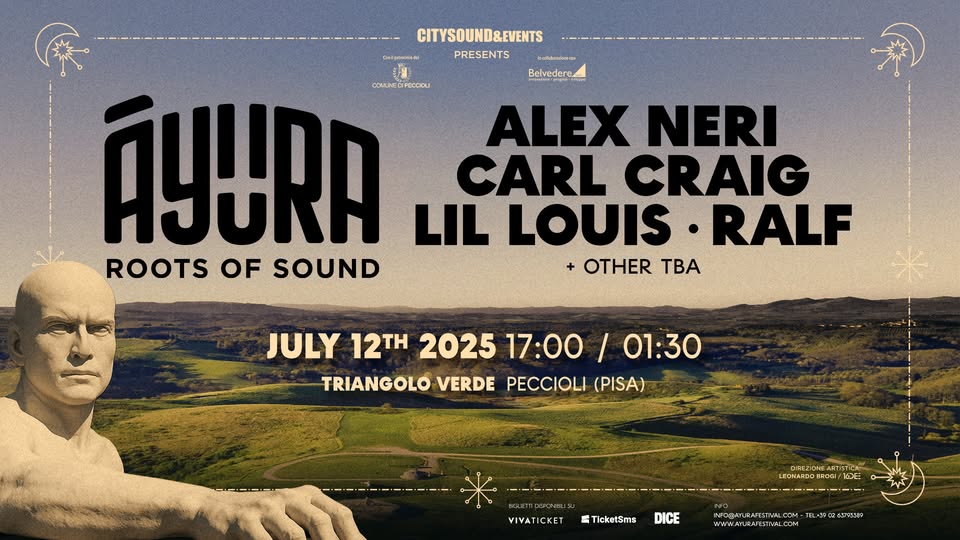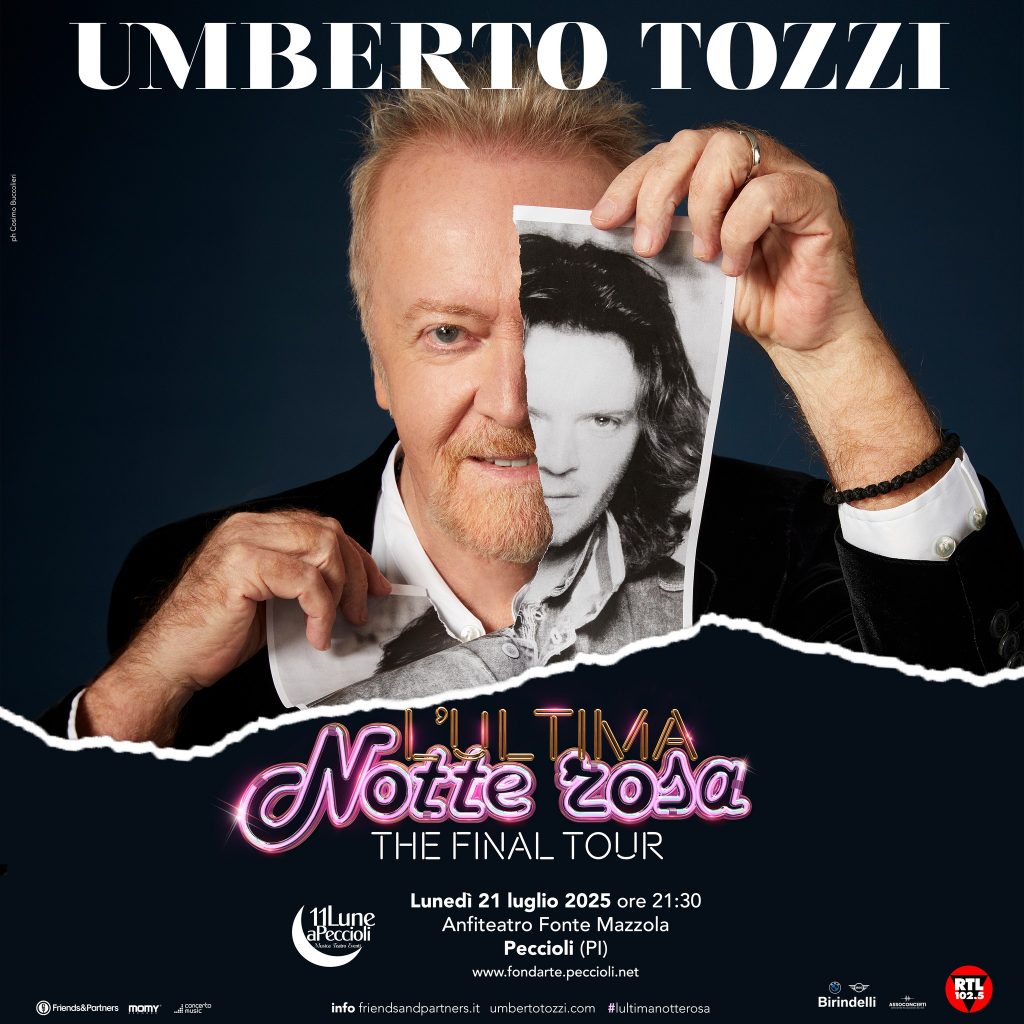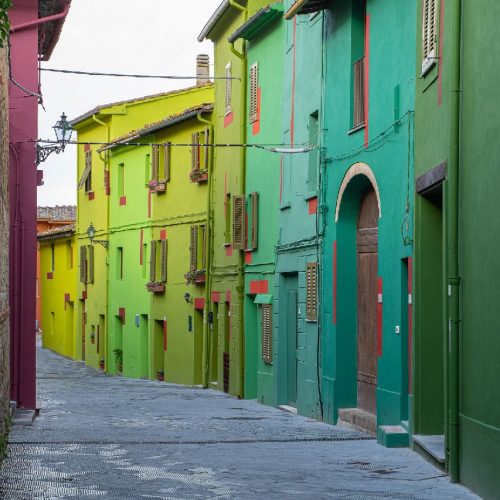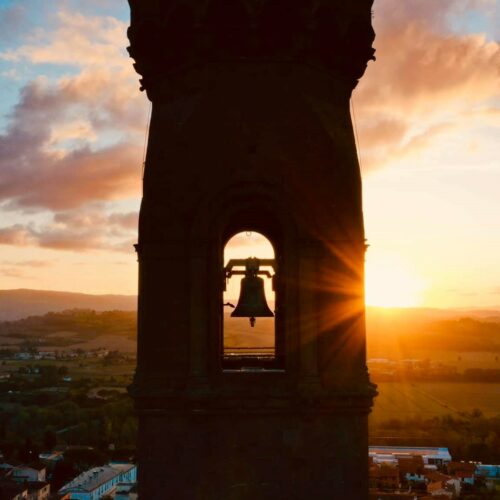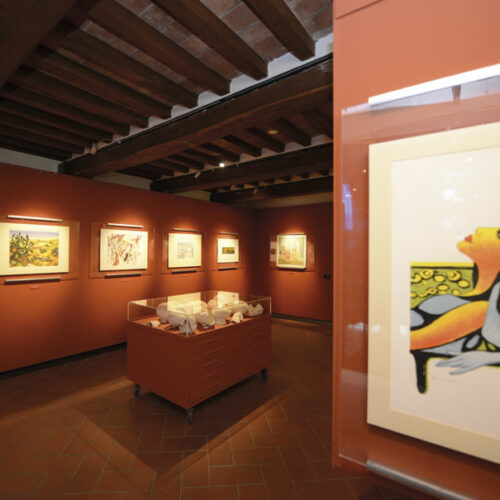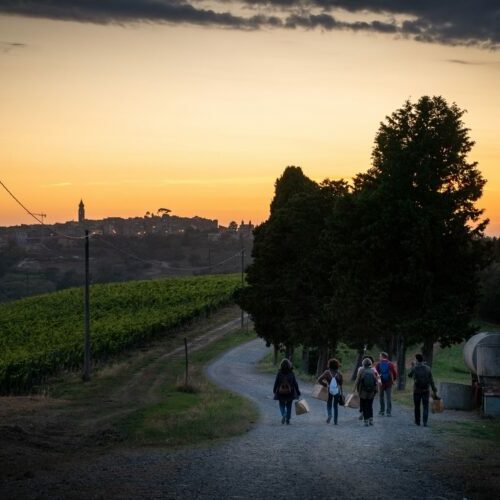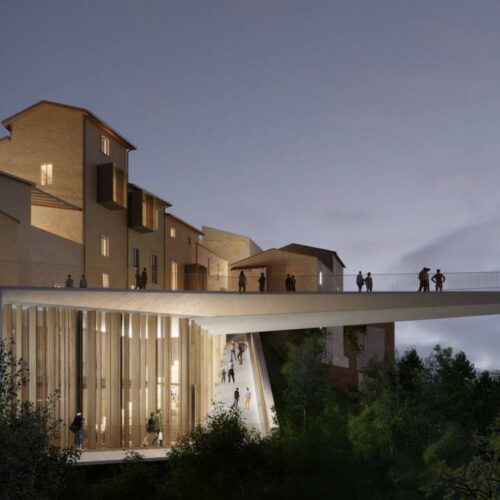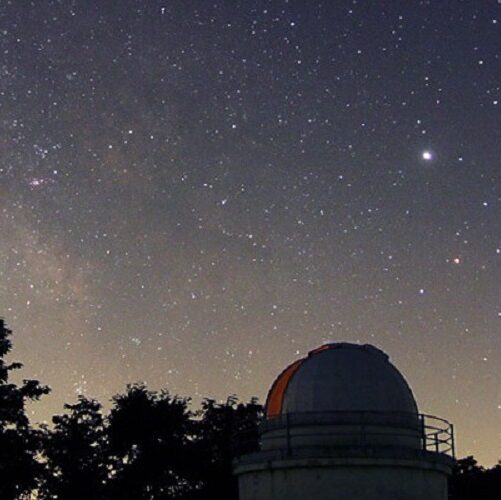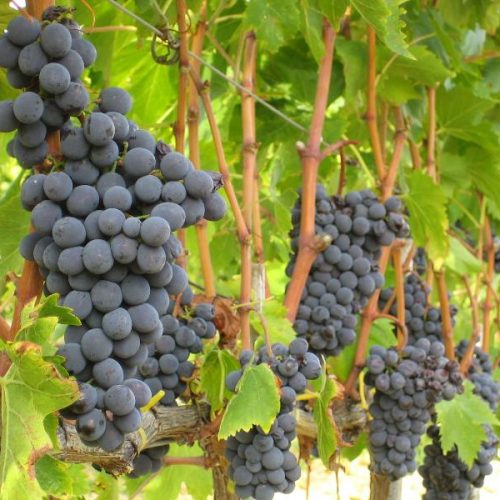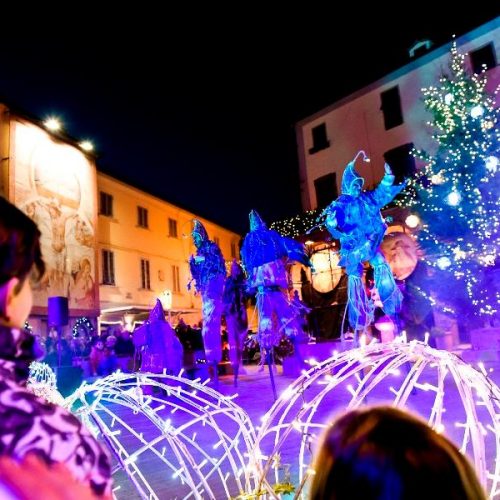
The charm of medieval Tuscany is enhanced by the exploration of contemporary art.
Art, culture, nature; a range of events in the heart of Tuscany
Itineraries and travel ideas
You can follow your passions and chose the itinerary that suits you
Forthcoming Events
A calendar of the cultural and sporting events, concerts and festivals that you can experience through the year.
01
July
2025
Museo Archeologico Peccioli,
Piazza del Carmine 33
Peccioli, 56037 Italia
+ Google MapPeccioli, 56037 Italia
02
July
2025
Anfiteatro Fonte Mazzola,
Peccioli,
PI
Italia
+ Google Map
04
July
2025
Anfiteatro Fonte Mazzola,
Peccioli,
PI
Italia
+ Google Map
08
July
2025
Anfiteatro Fonte Mazzola,
Peccioli,
PI
Italia
+ Google Map
21
July
2025
Anfiteatro Fonte Mazzola,
Peccioli,
PI
Italia
+ Google Map